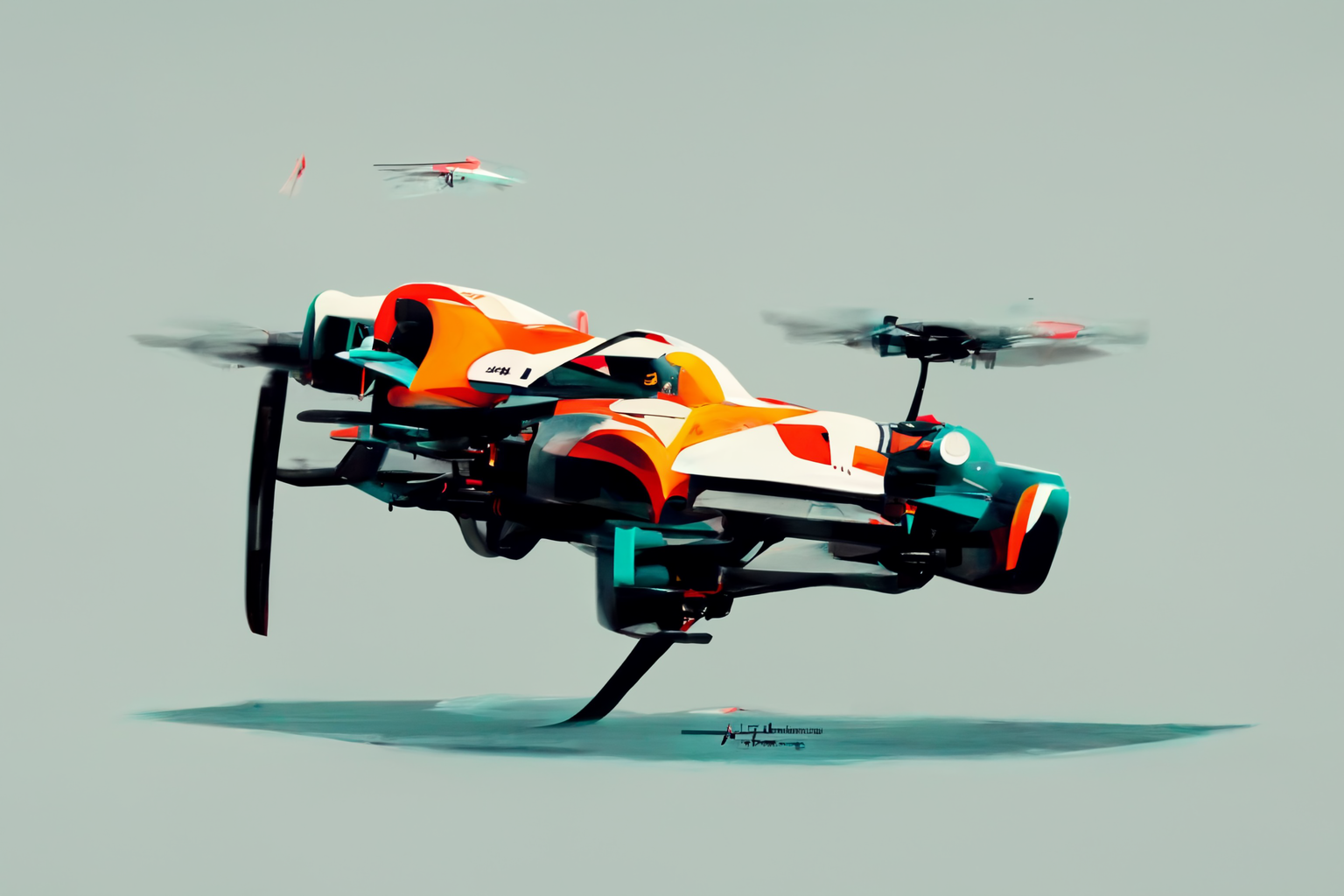Drone racing is an exciting and thrilling sport that requires a lot of skill and practice to excel in. In order to become a successful drone racer, it is essential to have a strong understanding of the physics of drone flight and how it affects performance on the racecourse. In this article, we'll delve into the basic physics of drone flight and explore how it relates to racing performance.
Overall, racing drones are designed with speed, agility, and precision in mind. They are built to be lightweight and compact, with high-powered motors and small propellers that allow them to move quickly and easily through the air. The camera and flight controller are also designed for optimal performance at high speeds, making them an excellent choice for those looking to participate in drone racing events.
Drone racing has come a long way since its inception. What started as a niche hobby has grown into a global sport with thousands of enthusiasts and professionals alike. Drone racing has not only captured the attention of pilots and spectators but has also influenced the wider drone industry in numerous ways.
First Person View (FPV) drones are a popular and exciting way to experience the world of drones. They offer a unique perspective on flying and allow pilots to feel like they are in the cockpit of their drones. In this article, we'll explore what FPV drones are, how they differ from traditional drones and the benefits and drawbacks of using FPV drones.
An introduction to the exciting Hobby and what we are up to
We will be proving a lot more information on what we are up to and this interesting hobby over 12 articles, which will be released over time to help those new to easily digest the information.




